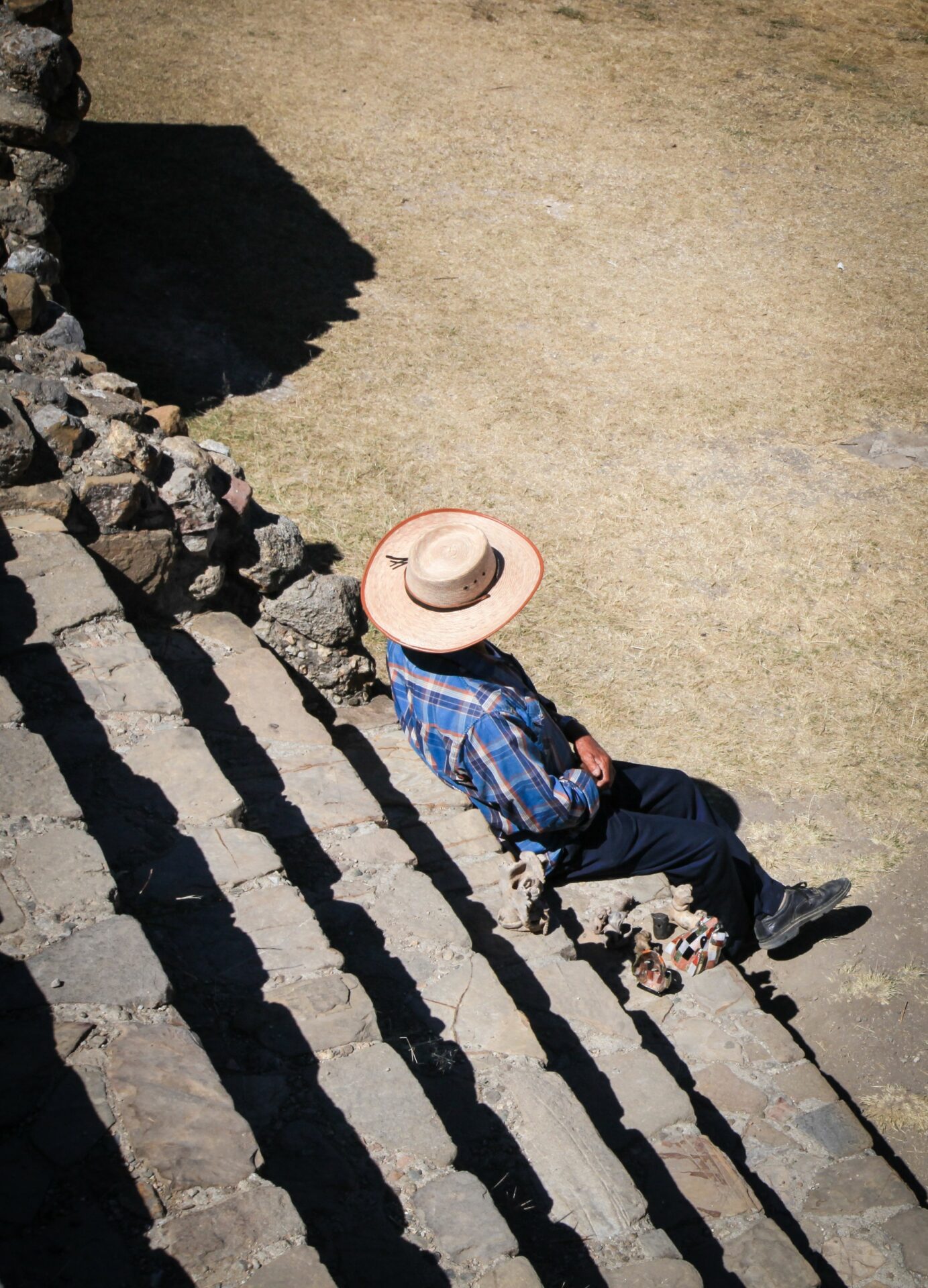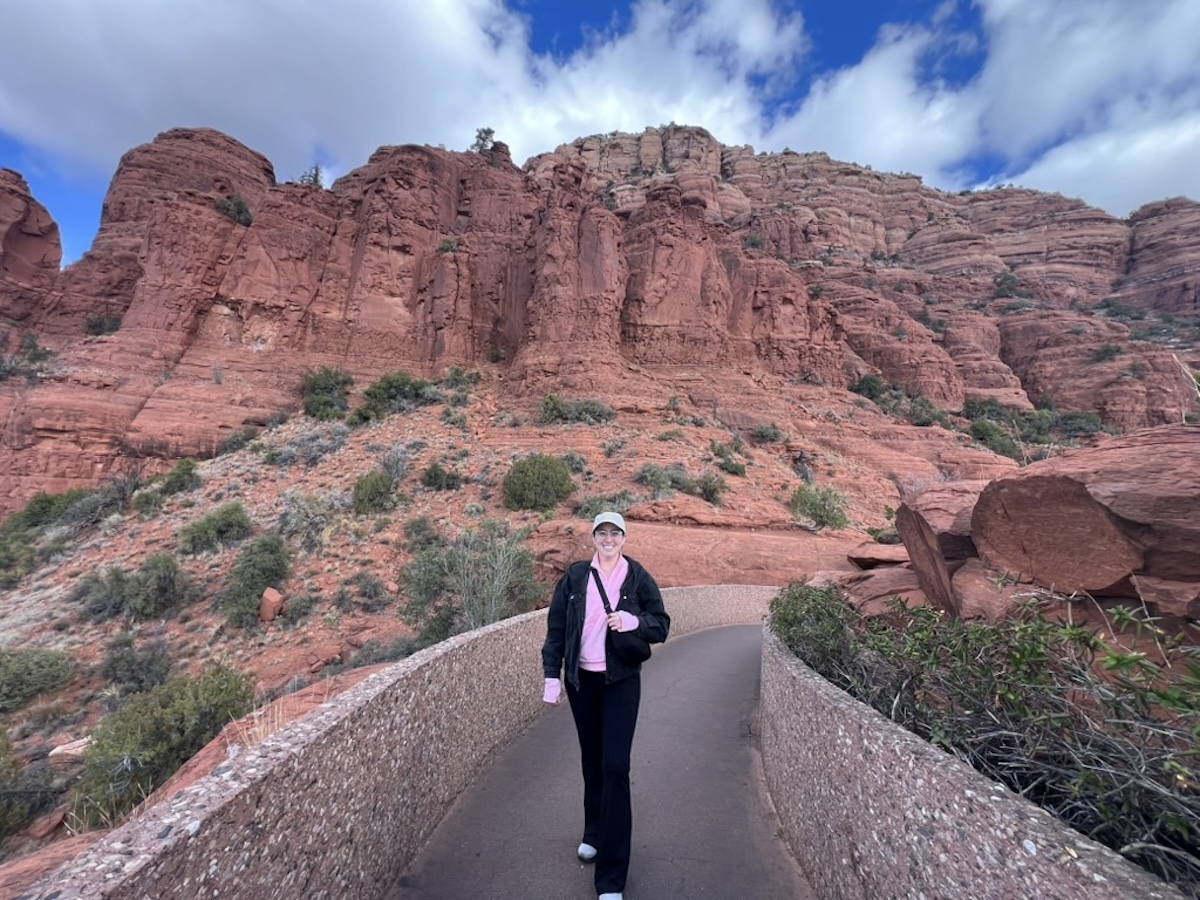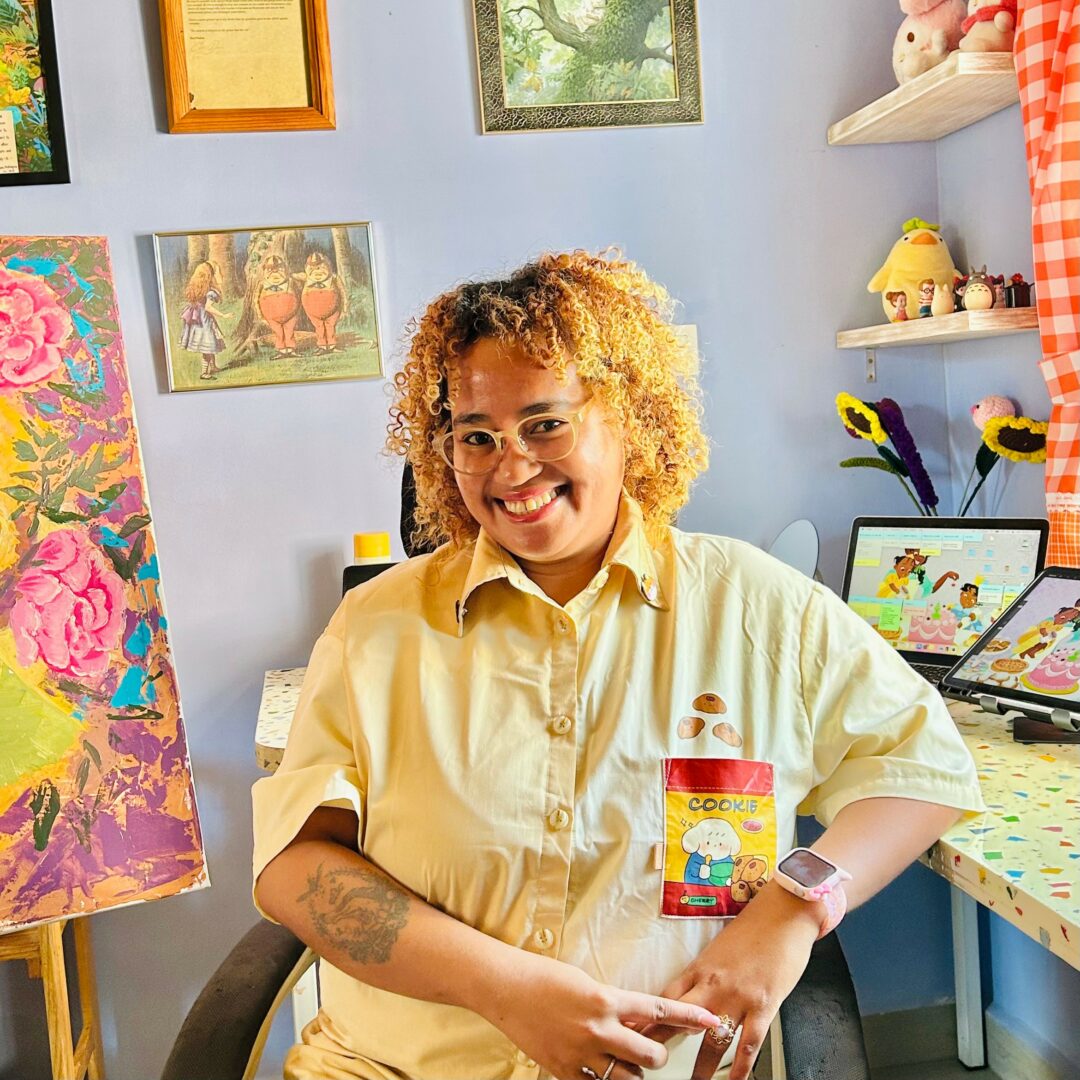We recently connected with Rebecca Van Bergen and have shared our conversation below.
Rebecca, we’re thrilled to have you on our platform and we think there is so much folks can learn from you and your story. Something that matters deeply to us is living a life and leading a career filled with purpose and so let’s start by chatting about how you found your purpose.
Eighteen years ago, I embarked on a journey to found Nest, a nonprofit organization. Today, that organization is supporting artisans, makers and creative entrepreneurs in 127 countries bringing needed income to over 380,000 people and supporting more than 1.6 million family and community member beneficiaries. We have a staff of 32 and active partnerships with over 35 brands and retailers.
Bill Drayton, the founder of Ashoka, a philanthropic institution that funds and supports hundreds social entrepreneurs around the world, including Nest, says that most “changemakers,” or those determined to make meaningful difference in the world, are spurred forward by an “Aha! moment.” This being a specific experience that fundamentally shapes the person and sets the course for a life of action. My “Aha! moment” came when I was 18 years old, a college senior. I visited Mexico with an anthropology professor from Wake Forest University, where I was studying social work as an undergraduate, to learn from the Zapatista villages in Chiapas. I didn’t know when I enrolled in the trip that it would set my course far beyond the anthropological observations I was expecting to make.
For context, we arrived in Chiapas in 2003, on the anniversary of a failed revolution. Nine years earlier, immediately after Bill Clinton signed the NAFTA agreement, an armed group of Mayan natives known as the Ejército Zapatista de Liberación Nacional, or the Zapatista National Liberation Army, seized control of cities in Chiapas, the largest of which was San Cristóbal. They were fighting against NAFTA because it resulted in the removal of an article of the Mexican Constitution—one that had previously guaranteed that certain lands could not be taken away from indigenous groups. Additionally, it opened the Mexican market to U.S. agricultural products free of tariffs without eliminating the tariff on Mexican crops being sold in the United States. This drastically reduced the income and living standards of many southern Mexican farmers who could no longer compete with the artificially fertilized and mechanically harvested imports that were subsidized by the U.S. government.
The Mexican government responded by mobilizing the army to fight the rebellion. For 12 days, fighting cost soldiers on both sides their lives until the rebels were forced to flee into the mountains. Over the next few years, the Zapatistas focused on defending their autónomos, self-sufficient resistance communities that refused to acknowledge the Mexican government’s right to rule over them. They built schools to educate their children and shared farming and medical knowledge among themselves. Over time, the resistance communities rebuilt and according to government officials, the conflict has faded over time.
The village we were visiting had been selected for assistance by a US-based nonprofit agency. The Mayans there had always been subsistence farmers, but this agency had persuaded the people in this region to grow coffee to sell instead of food to eat. Drawn to the promise of a cash harvest, they planted all of their productive land with coffee beans. As other nearby communities did the same, regional coffee production increased, the market was flooded and wholesale coffee prices fell. The Mayans in Chiapas were left with tons of coffee beans they couldn’t sell and very little food to eat.
Another nonprofit, dismayed by their situation, came up with a solution to the region’s coffee problem: honey production. They convinced the coffee growers to redirect their efforts toward raising bees and promised to create a market in the US for the honey they produced. Again, drawn to the the promise of a valuable export, the community invested their resources in raising bees. As it goes, the nonprofit’s funding dried up, a US market for the Mexican farmers’ honey never materialized, and the community was once again left without income and resources.
As I observed the community around me, I considered how and why programs fail—and how and why they succeed. I was fixated on foreign aid, community investment and how we could better tackle the systemic challenges of poverty and gender inequity. I recognized that even when development efforts are executed with the best intentions, they don’t all work. Wanting to help and actually helping are often not the same thing. More often than not social work principles of autonomy, self-determination, and listening are ignored for imported ideas.
During our downtime, my group played with the children and shared stories with the women as they knitted. As their fingers worked the needles, they spoke and expressed many worries related to the economic situation. A common one was that their grown children would move away to find work in the cities, leaving behind their community and culture.
Before that trip, I couldn’t have anticipated that social work would stop being an abstract idea and start being a driving desire to build solutions to tackle the issues plaguing our planet. I was simultaneously inspired by the power of possibility and depleted by the frustrating lack of answers. But a fire was sparked inside of me on that trip. Human-centered design and solutions that were based on listening went from being topics in a textbook to real world realities for me.
When I founded Nest in 2006, my mind found itself coming back to my time in Chiapas. One particular thought kept rising to the surface: the women were making things, there and in every other village and community I had visited around the world, from India to Guatemala. And, unlike the coffee and honey I tasted during my days in Mexico, their craft was deeply rooted in their community, history and culture. Craft involves skills that women carry with them and the products they create could unlock an economic livelihood and sustain a cultural connection.
I didn’t know it then, and the details would continue to unfold for many years, but I had just come up with my first business plan. I would have to regroup and reformulate a number of times along the way, but that spark of an idea was a start and I embraced it with conviction. As grandiose a plan as it may seem in retrospect, it didn’t look that way to me, and I moved forward with blinding speed and unabashed optimism. 18 years later, leading a thriving organization with a global footprint, I continue to drink my coffee as I did there – sweetened with honey. It is gloriously overpowering to the senses but for me, intensely bittersweet.
Appreciate the insights and wisdom. Before we dig deeper and ask you about the skills that matter and more, maybe you can tell our readers about yourself?
There’s a reason we all connect to handcraft. It’s not just because these handmade items are beautiful, it’s because these special pieces carry with them the stories that connect our hands to the hands of those who made them and uplift the communities that inspired them. Every weave of a basket, every texture of a tapestry, every pattern of a pot shares, celebrates, and improves a whole world beyond our own.
At Nest, we understand the importance of handcraft and the meaning it can hold for every life it touches. That’s why we connect a community of artisans, retailers and philanthropies to bring the full beauty of handcraft to the world. We provide the resources and relationships that uplift the people, places and practices behind each ethically handcrafted piece so artisans are respected, traditions are celebrated, and families and communities can grow and thrive.
Handcraft not only helps us decorate a room, offer a gift, or fulfill a function, it tells a story,
preserves a tradition, and enshrines a heritage today, and for generations to come. Handcraft connects us to ourselves, to each other and to a better future – creating a more equitable and beautiful world for us all.
We are continually rolling out new programs and products with our incredible partners helping folks act on their commitments to more ethical purchasing. You can follow us at buildanest.org or @buildanest to learn more!
Looking back, what do you think were the three qualities, skills, or areas of knowledge that were most impactful in your journey? What advice do you have for folks who are early in their journey in terms of how they can best develop or improve on these?
Adaptability is necessary for sustained success, especially when the social, political, economic, and environmental climates are shifting as quickly as they are today. Nonprofits are often risk averse and tend to move slowly, taking measured, thoughtful steps forward. While in some ways that can be good, unfortunately, this means the sector is not always as responsive as it could be which can be frustrating, especially for those deeply committed to driving social change and addressing complex global issues.
At Nest, one of our core values is iteration–the idea that we will be nimble, flexible and adaptive–able to respond to the changing needs of our global artisan network, and the challenges or opportunities presented by our growing community of brands and retailers.
That being said, finding the balance between growth and scalability, and responsiveness can be difficult. Sometimes this means stepping away from a program or partnership that no longer aligns with the needs identified by our beneficiaries. While these decisions are never easy in the moment, they have always proved to serve our community better in the long-run.
Alright so to wrap up, who deserves credit for helping you overcome challenges or build some of the essential skills you’ve needed?
Growing up, my grandmother was my closest confidante, and she remains so to this day – turning 96 this summer! From a young age, her talent for sewing captivated me and I spent countless hours by her side, running my fingers along fabric as my sewing machine hummed along or listening to her tell stories of my great-grandmother – her mother’s – talent quilting and needlework. Witnessing the practical and transformative power of crafting firsthand ignited a passion within me to channel handwork into something meaningful. One of the things that struck me most about craft was the way it can be a vehicle for women’s economic independence and self-expression.
Contact Info:
- Website: www.buildanest.org
- Instagram: @buildanest
- Facebook: @buildanest
- Linkedin: https://www.linkedin.com/company/nest-inc/mycompany/








